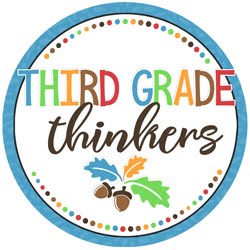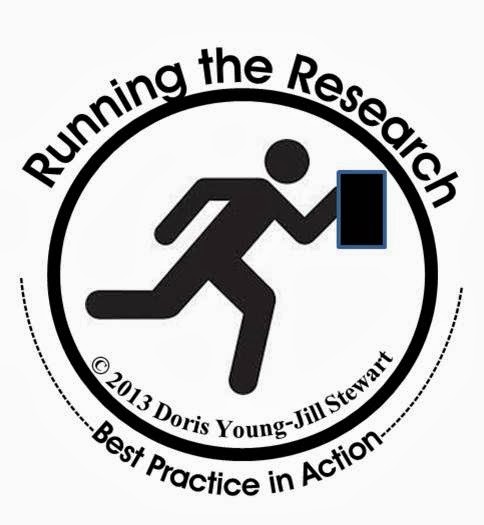It's February....time to celebrate friendship!
Friends are really important to our students. I like using the topic of friendship as a writers workshop piece right before Valentine's Day.
My kids are writing up a storm and I love using their writer's folders to manage all the writing they are doing.
I posted about these folders in a past entry so scroll back a bit if you are interested in hearing more about these. I have the printables available on my TPT store.
You could check here:
Doubling the folders allow students to have a section to glue notes and another section for references.
I use these "Slice and Stick" note sheets in this front section.
We use them to document our learning and they serve as a reminder of our writing responsibilities.
Two folders mean lots of pockets to put drafts they are working on.
Here are some examples
I LOVE using mentor texts when teaching writing. Here is a super book to use to jump into the topic of friendship. This is a great read for the month of February! After reading this one we will create an anchor chart on "How to be a True Friend". I also focused on identifying causes/effects in this one since that is our reading focus but this book could be used for MANY teaching points! Use it for what your kids need.

The next day I introduce a patterned poem by Jessica Crum entitled: Friends. I use the technique of "Guess the Covered Word" to get students to practice using context clues when reading. Then this one is glued into the poetry journal where they will get much practice reading it multiple times. The next day I tell students we are going to borrow Jessica Crum's pattern to create our own patterned poems about friends. We work through the writing process together as we brainstorm, draft, revise and edit. I am sharing this eight day lesson plan with all graphic organizers, mini lesson notes, drafting paper, and grading rubric in my TPT store.
So check here if you are interested:
http://www.teacherspayteachers.com/Product/Writers-Workshop-Friends-Writing-a-Patterned-Poem
Graphic organizers like webbing and brace maps helped my writers generate and then organize ideas.
I work my teaching of complete sentences and fragments, subjects and predicates into my writing block. It just makes sense to teach it there. We analyze Jessica's sentences for completeness and then make sure we don't include fragments in our drafts. I also teach how to edit for spelling through this writing lesson.
Spending time on prewriting sets students up for a successful drafting session:
Student writing is graded with a rubric. Here is an example of the one I use for this particular piece of writing:
Here are the completed pieces we have done in the past:
Some more! You will be surprised at the variety of ideas they come up with!
This is one of my favorite writing lessons. It is simple to carry out and all students will be successful in producing a great final product. It also introduces the basics about what good writers do. This was my fifth year in a row using this lesson and I never tire from using it and seeing what the kids produce.
If you try it let me know how it goes!
Happy writing!



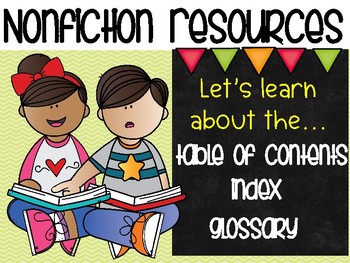








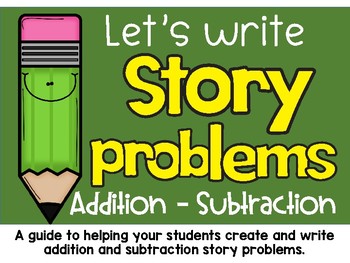






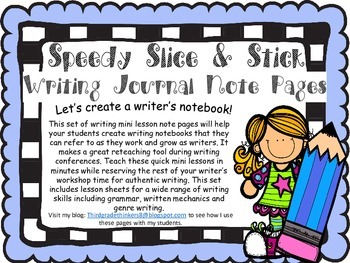







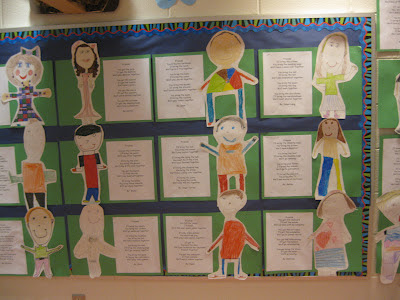



 youngdor8@gmail.com
youngdor8@gmail.com
